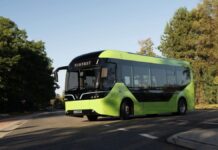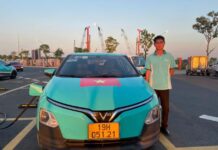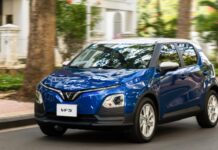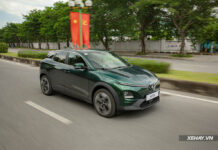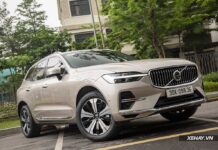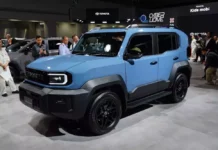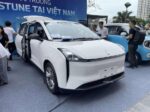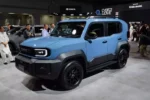Xiaomi has emerged as a frontrunner in China’s automotive industry in terms of resale value, alongside Aito. This insight comes from the “China Used Car Valuation Research Report for the First Half of 2025,” published by the China Automobile Dealers Association (CADA). The report assessed the resale value after one year of use for plug-in hybrid electric vehicles (PHEV) and battery electric vehicles (BEV).
In the electric vehicle segment, the Xiaomi SU7 takes the lead with an impressive 88.91% resale value after one year, outperforming many popular models. Closely following in second place is the Aito M9 electric version, retaining 84.45% of its original value.
| No. | Brand | Model | Resale Value after 1 Year |
| 1 | Xiaomi | Xiaomi SU7 | 88.91% |
| 2 | Aito | Aito M9 (Electric) | 84.45% |
| 3 | Li Auto | Li MEGA | 79.58% |
| 4 | Tesla | Model X | 77.81% |
| 5 | Tesla | Model 3 | 76.04% |
| 6 | Zeekr | Zeekr 09 | 75.9% |
| 7 | SAIC-GM-Wuling | Hongguang Mini EV | 72.89% |
| 8 | BYD | Seagull | 72.74% |
| 9 | Smart | Smart #1 | 71.72% |
| 10 | Baojun | Baojun Yep | 71.49% |
| 11 | Tesla | Model Y | 71.28% |
| 12 | Wuling Motors | Wuling Binguo Plus | 70.3% |
| 13 | Avatr | Avatr 12 | 69.62% |
| 14 | BYD | Song PLUS NEV | 68.85% |
| 15 | Xpeng | Xpeng X9 | 68.83% |
The 15 electric vehicles with the best resale value after one year of use in China.
In the plug-in hybrid electric vehicle segment (including extended-range electric vehicles – EREV), the Aito M9 takes the top spot with an 85.23% resale value after one year of use. Notably, neither list features any Japanese brands like Toyota, Honda, or Nissan.
| No. | Brand | Model | Resale Value after 1 Year |
| 1 | Aito | Aito M9 | 85.23% |
| 2 | Porsche | Cayenne E-Hybrid | 84.95% |
| 3 | Tank | Tank 700 New Energy | 84.48% |
| 4 | Buick | Buick GL8 PHEV | 80.68% |
| 5 | Tank | Tank 400 New Energy | 78.22% |
| 6 | Lynk & Co | Lynk & Co 07 | 77.3% |
| 7 | Tank | Tank 500 New Energy | 77.23% |
| 8 | Li Auto | Li L6 | 76.62% |
| 9 | Li Auto | Li L9 | 76.46% |
| 10 | GAC Trumpchi | Trumpchi E8 NEV | 76.39% |
| 11 | Fang Cheng Bao | Bao 5 | 75.19% |
| 12 | Haval | Haval Raptor PHEV | 73.98% |
| 13 | Li Auto | Li L7 | 73.51% |
| 14 | Li Auto | Li L8 | 73.45% |
| 15 | Porsche | Panamera E-Hybrid | 72.89% |
The 15 PHEVs with the best resale value after one year of use in China.
Several factors contribute to the Xiaomi SU7’s exceptional resale value in the Chinese market. Firstly, the product’s appeal lies in its combination of modern technology and a sporty design aesthetic. The strong brand influence of Xiaomi, coupled with lengthy delivery wait times, also plays a role in maintaining the SU7’s resale value.
The recent launch of the Xiaomi YU7 has only partially alleviated the delivery backlog for the SU7. Customers ordering the SU7 today still face a wait of several weeks. For impatient buyers, the option of purchasing a pre-owned Xiaomi SU7 with minimal depreciation becomes highly attractive.
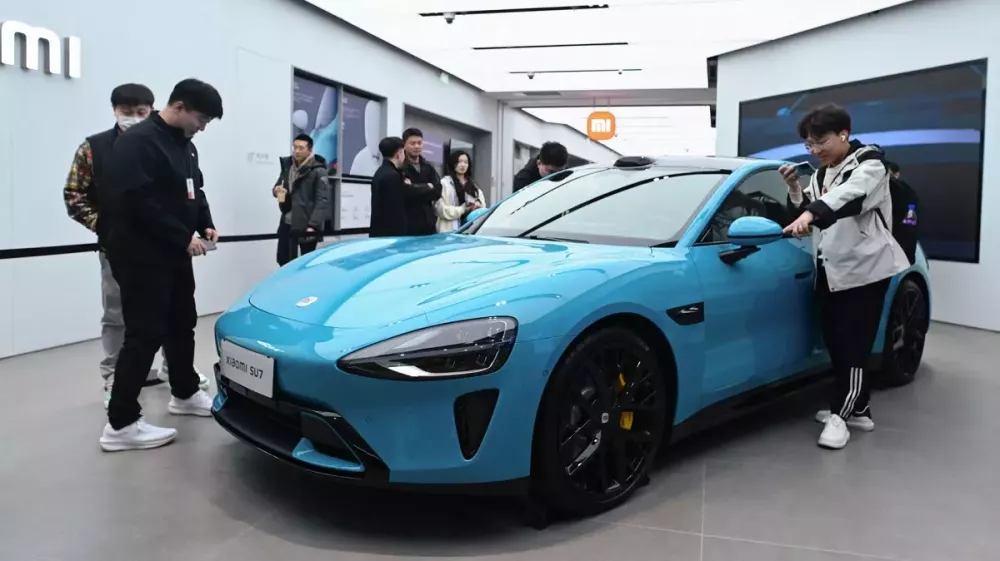
The Xiaomi SU7 is the electric vehicle with the lowest depreciation after one year of use in China.
Currently, the Xiaomi brand offers three distinct models: the SU7, SU7 Ultra, and YU7. In contrast to the standard SU7, the Xiaomi SU7 Ultra has not demonstrated strong resale value.
In June, a Xiaomi SU7 Ultra owner advertised their vehicle for sale after just over three months of ownership, accepting a significant loss of approximately CNY 150,000 (nearly VND 500 million). According to technology blogger “Cepingjun,” the SU7 Ultra was purchased for around CNY 560,000 (VND 1.96 billion) and resold for only CNY 410,000 (VND 1.435 billion).
This situation can be attributed in part to the shorter delivery times for the Xiaomi SU7 Ultra compared to the standard SU7. Additionally, the SU7 Ultra targets the high-performance vehicle segment, where customers are less price-sensitive, but the market size is smaller, resulting in lower resale value in the used car market.
Xiaomi is a relatively new player in China’s highly competitive automotive industry, having been established only in 2021. Despite their short presence in the market, Xiaomi has achieved impressive sales figures. As of July 10, 2025, the company announced that it had sold 300,000 vehicles in just 15 months, averaging 647 cars sold per day to Chinese customers.
The first Xiaomi car was delivered to a Chinese customer on April 3, 2024. It took Xiaomi 464 days to reach the 300,000-unit sales milestone, averaging 27 cars sold per hour.
In 2024, the company delivered an average of 511 vehicles per day. This number increased to 840 vehicles per day in 2025. In the first six months of 2025, Xiaomi delivered 160,513 vehicles.
It took Xiaomi over seven months to deliver the first 100,000 cars, but only four months to reach the 200,000-unit mark. Just 3.5 months later, they achieved a total delivery count of 300,000 vehicles.
The Xiaomi SU7 sedan accounts for a significant portion of these deliveries. Meanwhile, the Xiaomi YU7 has only recently entered the market, with deliveries commencing on July 6, 2025. The higher-priced SU7 Ultra has lower demand, reflected in its shorter waiting times of 6-18 weeks on the Xiaomi Auto app. In comparison, the standard SU7 has a waiting time of 33-42 weeks, while the YU7 waits are 40-60 weeks.
Xiaomi aims to sell 350,000 vehicles this year and had achieved 45.7% of this goal as of July 10, 2025. The company plans to increase production capacity by commencing the second phase of operations at its Beijing factory to meet these targets.
“Nissan to Export ‘Made in China’ Electric Vehicles to Southeast Asia”
Nissan has unveiled its plans to commence exports of electric vehicles manufactured in China to Southeast Asian and Middle Eastern markets from 2026 onwards. This strategic move underscores Nissan’s commitment to expanding its global presence and catering to the growing demand for electric vehicles in these regions.

